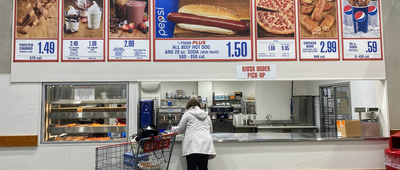Maybe This One Will Actually Work
Americans have always had an insatiable appetite for diet and exercise programs. A few have staying power — for example, the Mediterranean Diet, which was recently named U.S. News & World Report's best diet for an impressive seventh year in a row — but most others fizzle out quickly. From gadgets and videos to shakes and meal plans, here are some of the most memorable fitness crazes and fad diets that have tempted consumers over the years.
Related: 30 Lies Fitness Trainers Tell



























































